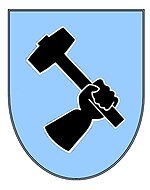
Adlertag was the first day of Unternehmen Adlerangriff, which was the codename of a military operation by Nazi Germany's Luftwaffe to destroy the British Royal Air Force (RAF). The operation came after Britain rejected all overtures for a negotiated peace with Germany. However, Adlertag and subsequent operations failed to destroy the RAF or gain local air superiority.
Kampfgeschwader 55 "Greif" was a Luftwaffe bomber unit during World War II. KG 55 was one of the longest serving and well-known in the Luftwaffe. The wing operated the Heinkel He 111 exclusively until 1943, when only two staffeln of its four Gruppen (Groups) used the Junkers Ju 88C.
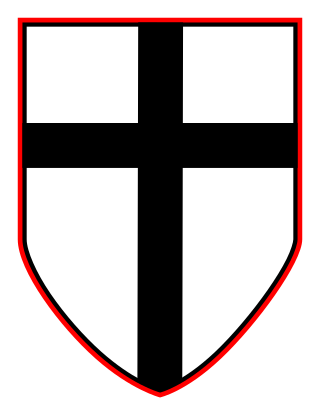
Sturzkampfgeschwader 2 Immelmann was a Luftwaffe dive bombing squadron wing of World War II. It was named after the World War I aviator Max Immelmann. It served until its dissolution in October 1943. The wing operated the Junkers Ju 87 Stuka exclusively.

Kampfgeschwader 4 "General Wever" was a Luftwaffe bomber wing during World War II. The unit was formed in May 1939. The unit operated the Dornier Do 17, Junkers Ju 88 and Heinkel He 111 medium bombers, with later service on the Heinkel He 177 heavy bomber. The wing was named after General Walther Wever, the prime pre-war proponent for a strategic bombing capability for the Luftwaffe, who was killed in an aircraft accident in 1936.

Kampfgeschwader 3 "Blitz" (KG 3) was a Luftwaffe bomber wing during World War II.
Kampfgeschwader 51 "Edelweiss" (KG 51) was a Luftwaffe bomber wing during World War II.

Kampfgeschwader 76 was a Luftwaffe bomber Group during World War II. It was one of the few bomber groups that operated throughout the war.
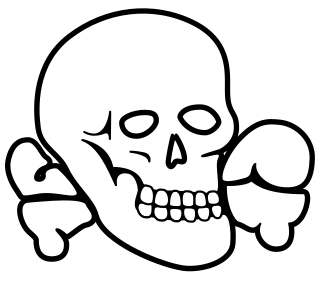
Kampfgeschwader 54 "Totenkopf" was a Luftwaffe bomber wing during World War II. It served on nearly all the fronts in the European Theatre where the German Luftwaffe operated.

Kampfgeschwader 53 "Legion Condor" was a Luftwaffe bomber wing during World War II. Its units participated on all of the fronts in the European Theatre until it was disbanded in May 1945. At all times it operated the German bomber type Heinkel He 111. Only the 15th (kroat) Squadron of KG 53, established in Agram (Zagreb) July 1942, operated the Dornier Do 17 Z.
Kampfgeschwader 77 was a Luftwaffe bomber wing during World War II. Its units participated on all of the major fronts in the European Theatre until its dissolution in 1944. It operated all three of the major German bomber types; the Dornier Do 17, Heinkel He 111 and the Junkers Ju 88.

Battle of Britain Day, 15 September 1940, is the day on which a large-scale aerial battle in the Battle of Britain took place.

Unternehmen Paula is the German codename given for the Second World War Luftwaffe offensive operation to destroy the remaining units of the Armée de l'Air (ALA), or French Air Force during the Battle of France in 1940. On 10 May the German armed forces (Wehrmacht) began their invasion of Western Europe. By 3 June, the British Army had withdrawn from Dunkirk and the continent in Operation Dynamo, the Netherlands and Belgium had surrendered and most of the formations of the French Army were disbanded or destroyed. To complete the defeat of France, the Germans undertook a second phase operation, Fall Rot, to conquer the remaining regions. In order to do this, air supremacy was required. The Luftwaffe was ordered to destroy the French Air Forces, while still providing support to the German Army.

Kampfgeschwader 26 "Löwengeschwader" was a German air force Luftwaffe bomber wing unit during World War II. Its units participated on all of the fronts in the European Theatre until the end of the war. It operated three of the major German aircraft medium bomber types; the Heinkel He 111, Junkers Ju 88 and the Junkers Ju 188. The unit engaged in both strategic bombing, close air support, anti-shipping and aerial interdiction operations. The majority of its operational life – not entirely unlike another Luftwaffe wing designated KG 40 — was spent on anti-shipping missions.
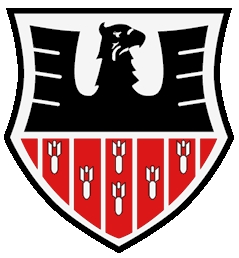
Kampfgeschwader 6 was a Luftwaffe bomber unit during the Second World War. The unit was formed between April and September 1942 and was equipped with Dornier Do 217, Junkers Ju 188 and Junkers Ju 88 bombers.

Kampfgeschwader 1 was a German medium bomber wing that operated in the Luftwaffe during World War II.

Sturzkampfgeschwader 77 (StG 77) was a Luftwaffe dive bomber wing during World War II. From the outbreak of war StG 77 distinguished itself in every Wehrmacht major operation until the Battle of Stalingrad in 1942. If the claims made by StG 77 are accurate, it inflicted more damage to enemy ground forces than any other wing. It operated the Junkers Ju 87 dive-bomber exclusively in the combat role. The Dornier Do 17 and Messerschmitt Bf 110 were both used in the air reconnaissance role.
'Kampfgeschwader' 27 Boelcke was a Luftwaffe medium bomber wing of World War II.
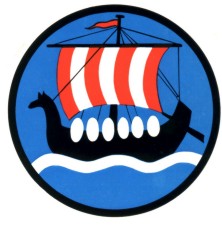
Kampfgeschwader 100 was a Luftwaffe medium and heavy bomber wing of World War II and the first military aviation unit to use a precision-guided munition in combat to sink a warship on 9 September 1943.
Zerstörergeschwader 2 was a Luftwaffe heavy/destroyer Fighter Aircraft-wing of World War II.
